


Books in series

Geostationära nyttosatelliter
1988

Aircraft Noise (Cambridge Aerospace Series) by Smith, Michael J. T. (2004) Paperback
1989

Flight Mechanics of High-Performance Aircraft
1993

Aircraft Performance
1992
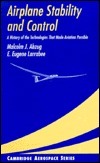
Airplane Stability and Control
A History of the Technologies That Made Aviation Possible
1997

Spacecraft Dynamics and Control
A Practical Engineering Approach
1997

A History of Aerodynamics
And Its Impact on Flying Machines
1997

Principles of Space Instrument Design
1998

Airship Technology
1999

Introduction to Aircraft Design
1999

Low-Speed Aerodynamics
1991

Airplane Stability and Control
A History of the Technologies that Made Aviation Possible
1997

Introduction to Structural Dynamics and Aeroelasticity
2002

Automated Rendezvous and Docking of Spacecraft (Cambridge Aerospace Series)
1999

Fundamentals of Jet Propulsion with Applications
2005

Principles of Turbomachinery in Air-Breathing Engines
2006

Elements of Numerical Methods for Compressible Flows
2006

Encore Tricolore 4 Nouvelle Edition
Students Book Stage 4 by Heather Mascie-Taylor (28-Sep-2001) Paperback
2006

Potential Flows of Viscous and Viscoelastic Liquids
2007

Aerodynamics of Low Reynolds Number Flyers
2007

Analyses for Durability and System Design Lifetime
A Multidisciplinary Approach
2007

The Scramjet Engine
Processes and Characteristics
2009
Guided Explorations of the Mechanics of Solids and Structures
Strategies for Solving Unfamiliar Problems
2014

Aircraft Design
2010

Dynamics of Rotating Machines
2010
Spacecraft Trajectory Optimization
2010

Particle Image Velocimetry
2010
Basic Aerodynamics
Incompressible Flow
2011

Shock Wave-Boundary-Layer Interactions
2011

Computational Aeroacoustics
A Wave Number Approach
2012

Advanced Aircraft Flight Performance
2012

Smart Structures Theory
2013

Rotorcraft Aeromechanics
2013

An Introduction to Flapping Wing Aerodynamics
2013

Gas Turbine Emissions
2013

Applied Computational Aerodynamics
A Modern Engineering Approach
2015

Nonequilibrium Gas Dynamics and Molecular Simulation
2017
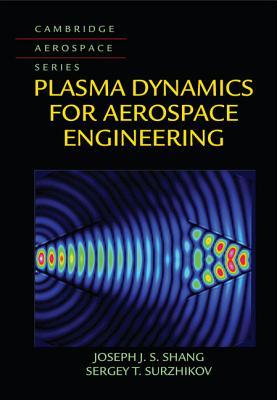
Plasma Dynamics for Aerospace Engineering
2018
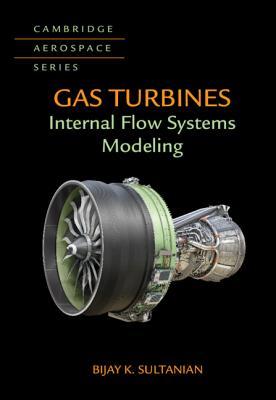
Gas Turbines
Internal Flow Systems Modeling
2018
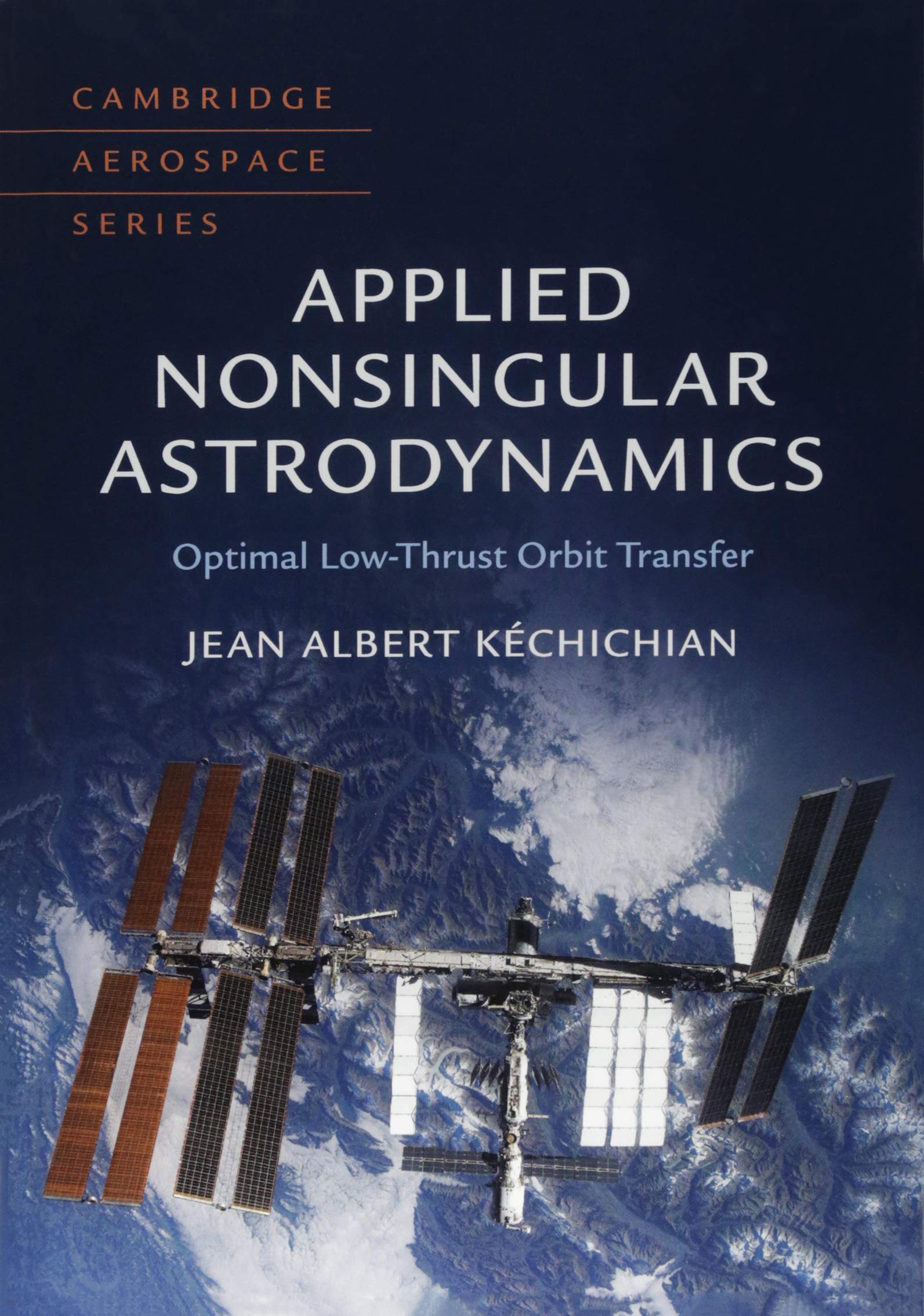
Applied Nonsingular Astrodynamics
Optimal Low-Thrust Orbit Transfer
2018
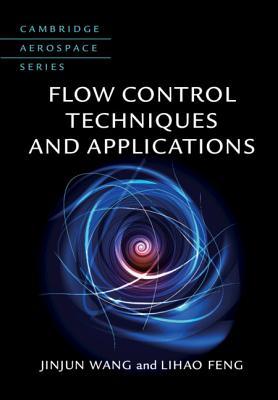
Flow Control Techniques and Applications
2018
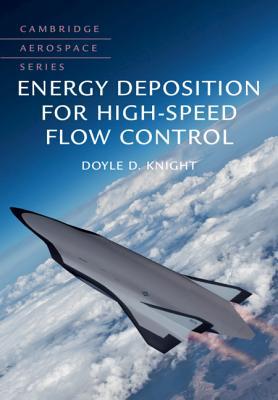
Energy Deposition for High-Speed Flow Control
2019
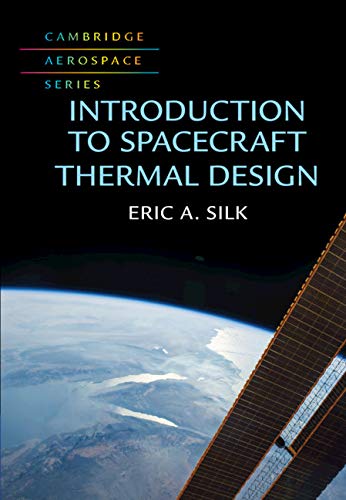
Introduction to Spacecraft Thermal Design
2020

Introduction to Structural Dynamics
2006
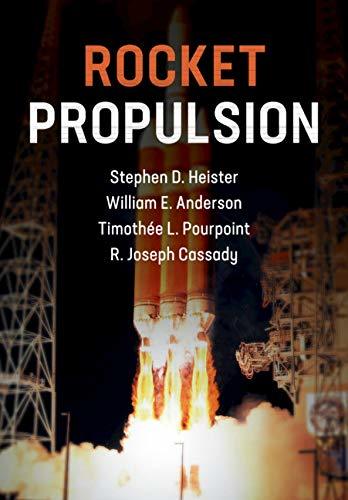
Rocket Propulsion
2019

The Cambridge Aerospace Dictionary
2004

Advanced Computational Fluid and Aerodynamics
2016
Authors

Wayne Johnson is the author of five critically-acclaimed novels: The Snake Game (Knopf), Don’t Think Twice (Crown/Harmony), Six Crooked Highways (Crown/Harmony), and The Devil You Know (Shaye Areheart Books). Under the pseudonym Albertine Strong, Johnson published Deluge (Crown/Harmony). Among Johnson’s public accolades have been a listing as a London Times bestseller for The Snake Game; three Pulitzer nominations (for Deluge, Don’t Think Twice, and The Devil You Know); New York Times Notable Book citations (for Deluge and Don’t Think Twice); inclusion in the Barnes & Noble Discover Great New Writers Series (for Deluge); recognition as a Minnesota Book Award Finalist (for Six Crooked Highways); recognition as a Great Lakes Book Association Finalist (for Deluge); and a Kansas City Star Book of the Year citation (for Six Crooked Highways). Johnson has garnered excellent reviews (in addition to those from NYT) from Kirkus, Publishers Weekly, The Washington Post, ALA, Booklist, Forbes, The Chicago Tribune, and other journals. He has been a Chesterfield Writers’ Film Project Fellow in Hollywood and has received recognition from the Sundance Film Festival for his screenplays. His first non-fiction title, White Heat: the Extreme Skiing Life, was published by Atria in December 2007 and sold 10,000 copies in the first month. The paperback edition of White Heat was released in 2008, and the book has recently come out with Simon & Schuster UK and Pocket Books. Live to Ride, a non-fiction work on motorcycles, was published in hardback by Simon & Schuster, June 2010, and in paperback 2011 to broad critical acclaim. In 2013, Wayne's memoir, Baseball Diaries: Confessions of a Cold War Youth, was published by Submarine Publishing in paperback and as a Kindle title, where it enjoys a 5-star rating on Amazon.com. Of mixed Native and European descent, Johnson grew up on the south side of Minneapolis, and in the north lakes region of Minnesota on the White Earth and Red Lake Reservations. Johnson studied microbiology at the University of Minnesota before discovering the pleasures of hang gliding near Bozeman, Montana, where he finished his undergraduate degrees in English and Philosophy. A Teaching-Writing Fellow of the Iowa Writers’ Workshop and a former Wallace Stegner Fellow at Stanford, Johnson lives and skis in Utah, where he does emergency outdoor medical rescue for the Park City Ski Patrol. He is a long-time faculty member of the Iowa Summer Writing Festival in Iowa City.

Jing Wang is Professor of Chinese media and Cultural Studies and S.C. Fang Professor of Chinese Language & Culture at Massachusetts Institute of Technology. She is jointly appointed to MIT's Comparative Media Studies and Global Studies & Languages. Jing Wang is the founder and organizer of MIT’s New Media Action Lab. In spring 2009, Professor Wang launched an NGO2.0 in collaboration with four Chinese universities including the University of Science and Technology of China, two Chinese NGOs, and corporate partners including Ogilvy & Mather China and Milward Brown. The project, funded by Ford Foundation in Beijing, is designed to enhance the digital and new media literacy of grassroots NGOs in the underdeveloped regions of China and deliver an interactive mapping platform built on Ushihidi, complete with Web 2.0 training courses and a Chinese field guide to best practices and software of social media for nonprofits. Professor Wang started working with Creative Commons in 2006 and serves as the Chair of the International Advisory Board of Creative Commons Mainland China. She was appointed to serve on the Advisory Board for Wikimedia Foundation in 2010. She serves on the editorial and advisory boards of ten academic journals in the US, Australia, Taiwan, Hong Kong, and the UK, which include journals such as Global Media and Communication; Advertising & Society Review; positions: east Asia cultures critique; Chinese Journal of Communication; Inter-Asia Cultural Studies Journal: Movements; The Chinese Journal of Communication and Society, etc. (from Wikipedia)
